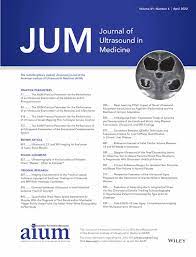
PRP vs. whole blood injection in the treatment of hamstring tendinopathy

PRP vs. whole blood injection in the treatment of hamstring tendinopathy
Ultrasound-Guided Intratendinous Injections With Platelet-Rich Plasma or Autologous Whole Blood for Treatment of Proximal Hamstring Tendinopathy: A Double-Blind Randomized Controlled Trial
J Ultrasound Med. 2015 Aug;34(8):1455-63Did you know you're eligible to earn 0.5 CME credits for reading this report? Click Here
OE EXCLUSIVE
Dr. Peter J. Moley discusses the use of ultrasound-guided intratendinous injections with platelet-rich plasma or autologous whole blood for treatment of proximal hamstring tendinopathy.
Synopsis
17 patients with chronic hamstring tendinopathy were randomly assigned to receive either a platelet-rich plasma (PRP) injection or a whole blood (WB) injection. Follow-up was performed for 6 months post-injection. The results of this study demonstrated no significant improvement in disability from baseline to 6 months in either group, measured via the Modified Harris Hip score (MHHS). Additionally...
To view the full content, login to your account,
or start your 30-day FREE Trial today.
FREE TRIAL
LOGIN
Forgot Password?
Explore some of our unlocked ACE Reports below!

Learn about our AI Driven
High Impact Search Feature
Our AI driven High Impact metric calculates the impact an article will have by considering both the publishing journal and the content of the article itself. Built using the latest advances in natural language processing, OE High Impact predicts an article’s future number of citations better than impact factor alone.
Continue



 LOGIN
LOGIN

Join the Conversation
Please Login or Join to leave comments.